BLENDED LEARNING SERIES PART #6: The Station Rotation Model
By the time Blended Learning was conceptualized, educators have discovered that there is no ONE structure or model that works for everyone. But the basic concept of BL has been the guiding light for other models of BL to be developed in time.
PHOTO CREDIT: EDSURGE.COM
If this is the first blog post you read in this series, I’d like reiterate what is Blended Learning before you read any further. From Wikipedia:
“Blended learning is a formal education program in which a student learns at least in part through delivery of content and instruction via digital and online media with some element of student control over time, place, path, or pace.”
Models of BL
Established models of BL are Station Rotation, Flipped Classroom, Lab Rotation, and Flex models. Each model has its own advantages and disadvantages in terms of resources, skills, and curriculum. See for yourself which model fits closely to your school setup.
The one I will tackle in this particular post is the Station Rotation Model.
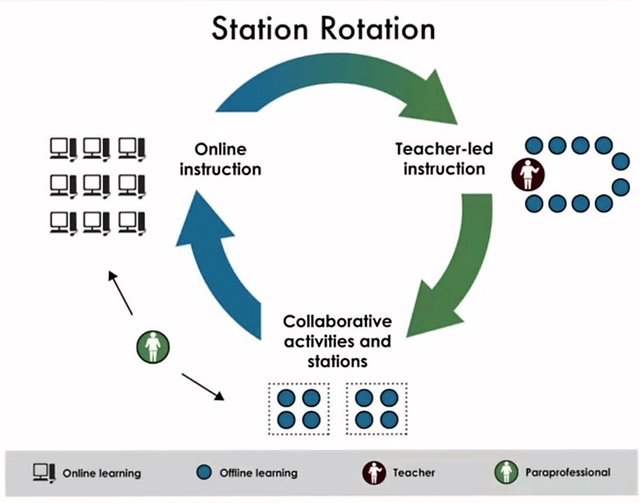
PHOTO CREDIT: https://haiyenedu.wordpress.com
The Station Rotation Model
This model is basically a three-station model but you are not limited to what you can do and setup. This is the beauty of BL models, they can easily be adapted to situations or as the needs arise. There are, however, evidences that this model works effectively and efficiently in elementary school setting.
One great advantage of this model is that teacher or teachers deal with a smaller group of students giving them opportunities to connect to each student in a more personal level, address their needs individual thus truly engaging them in their learning process.
The Teacher-Led Instruction station.
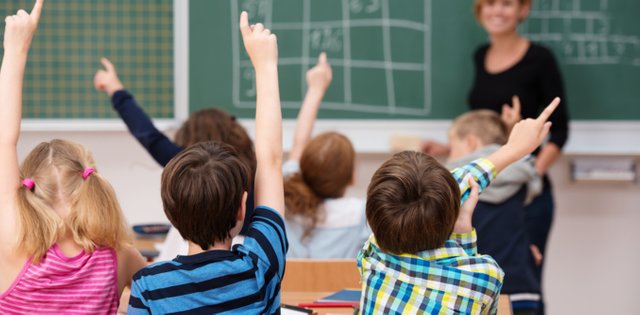
PHOTO CREDIT: THECONVERSATION.COM
This station is what we have seen over decades ago. This is the type of instruction that molded me as a student most of my elementary and high school years. College may be a different story but this teaching strategy seems to be working in all levels of education. At one point in time. The education system and how learners learn have changed the structure of a teacher-led instruction strategy.
Thankfully, this is only a part of the Station Rotation model of BL. Students don’t stay at this station the whole time. A fixed time schedule is given to this station that coincides with the rest of the stations in this BL model.
To be effective in delivering teacher-led strategies, the teacher should be able to have clear and explicit explanations of instructions, provide examples as much as possible until the instructions are understood and in most cases scaffolding strategy for students accurately follow instructions.
There is no special technology used in this station except maybe a computer connected to an LCD projector, which is, optional. This is a traditional teaching method, so you need to make things more interesting and maybe even do a mini-blended learning within this station.
Although this is a teacher-led station, the teacher may act as a guide, “guide-on-the-side” and eventually allow students to take the lead in class learning experience.
The Collaborative Activities station.
PHOTO CREDIT: Robotics Program 2013
The Collaborative station is a place of “doing” and interaction with peer or with the whole group. This station is focused on making projects and hands-on tasks most likely the practical application of lessons learned from the Teacher-Led Instruction station.
This activity station confirms theories learned from the previous station, address any misunderstandings or clarify misconceptions
A significant station in this BL model, collaborative learning presents benefits towards the learning process of students like developing higher-level thinking, oral communication, self-management, and leadership skills.
The environment of collaborative learning encourages student-teacher interaction in a more personal level. Students who are introvert and mostly shy in a regular classroom setting are given a chance to interact with the teacher in a more private manner.
Students learn and understand when you put them to work, involve them in a project. Their self-esteem is higher because they can see output of their work. Teachers should make it a point to let student understand that they are responsible of their handiwork and that they should take responsibility of any consequence, good or bad, their product may receive.
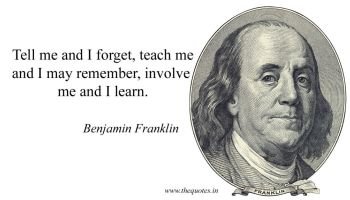
PHOTO CREDIT:http://thequotes.in/
Planning to build a house and actually building it are totally different things. There are certain limitations in our view during the planning stage. We might see only a 2-dimensional aspect of the project. Actually doing it will give us 3D or even 4D view. When students see a problem in diverse perspective, they are also able to find solutions from different perspective thus giving them more options on how to solve problems.
Collaborative learning environment prepares students for real life interaction with real people. In a collaborative environment, people tend to agree and disagree on ideas and principles but the end result brings them to consensus that eventually solve the problem at hand. This is a mirror of a real life situation.
The Online Instruction station.
This station may simply be a substitution of another station leveraging the power and efficiency of computer applications.
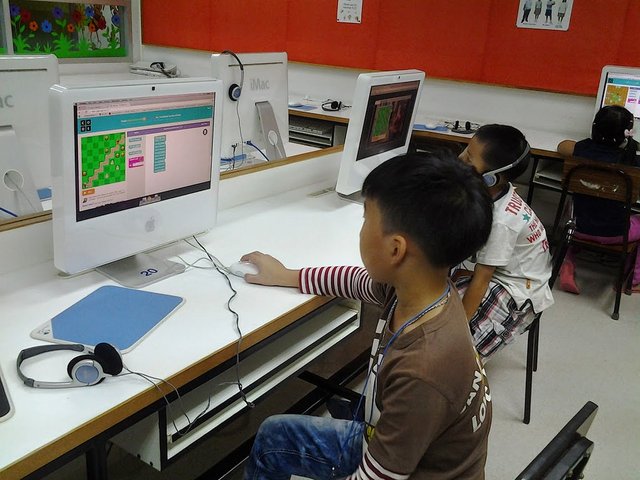
PHOTO CREDIT: Robotics Program 2013
Or this station lets the students interact and collaboration through an online application like a Learning Management System where students find instructions, discuss in a forum, or publish their work for other students to see or teachers to evaluate their work.
In a math class, for example, students may be directed to a website that allows them to learn on their own just like the Khan Academy.
Lastly...
Whatever model of BL you decide to use, a clear goal and mission statement are very important in order to efficiently and effectively implement blended learning. Communications with students, parents, and co-teachers are also vital in evaluating the implemented model to find ways in which to improve or re-model the approach.
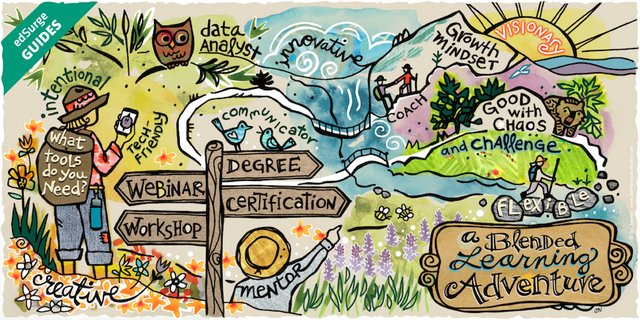
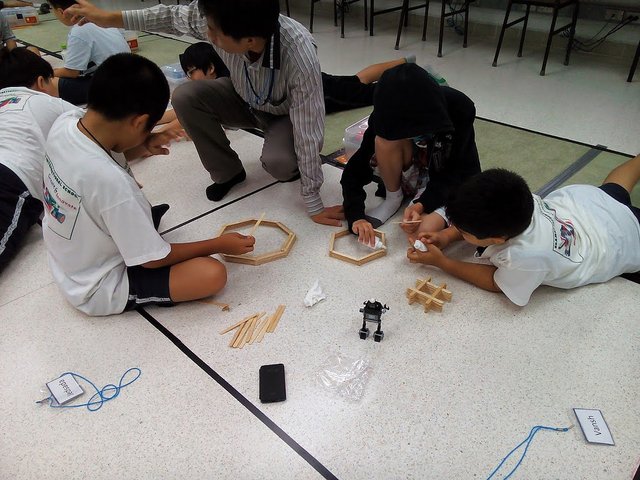
Have you ever tried to use SOLE by Sugata Mitra?
As a matter of fact, Yes! I use SOLE to integrate in one of my class sessions that usually stretches out to 2 periods having 45 minutes each period. When I want my students to investigate an issue, like for example, web design. I pose an initial easy question like, "What makes a good web design?". They start with that and search for more "bigger questions" like, "How does a good web design attract visitors to your site? or What does a logo do in establishing your website?" Students discuss and post their findings on our LMS that allows students to "critique" other groups work.
Sugata Mitra is a brilliant guy. I first saw his work The Hole in the Wall. It was very unconventional putting computers out there for children to explore. But I could see how it helped children who have limited access to the computers and internet.